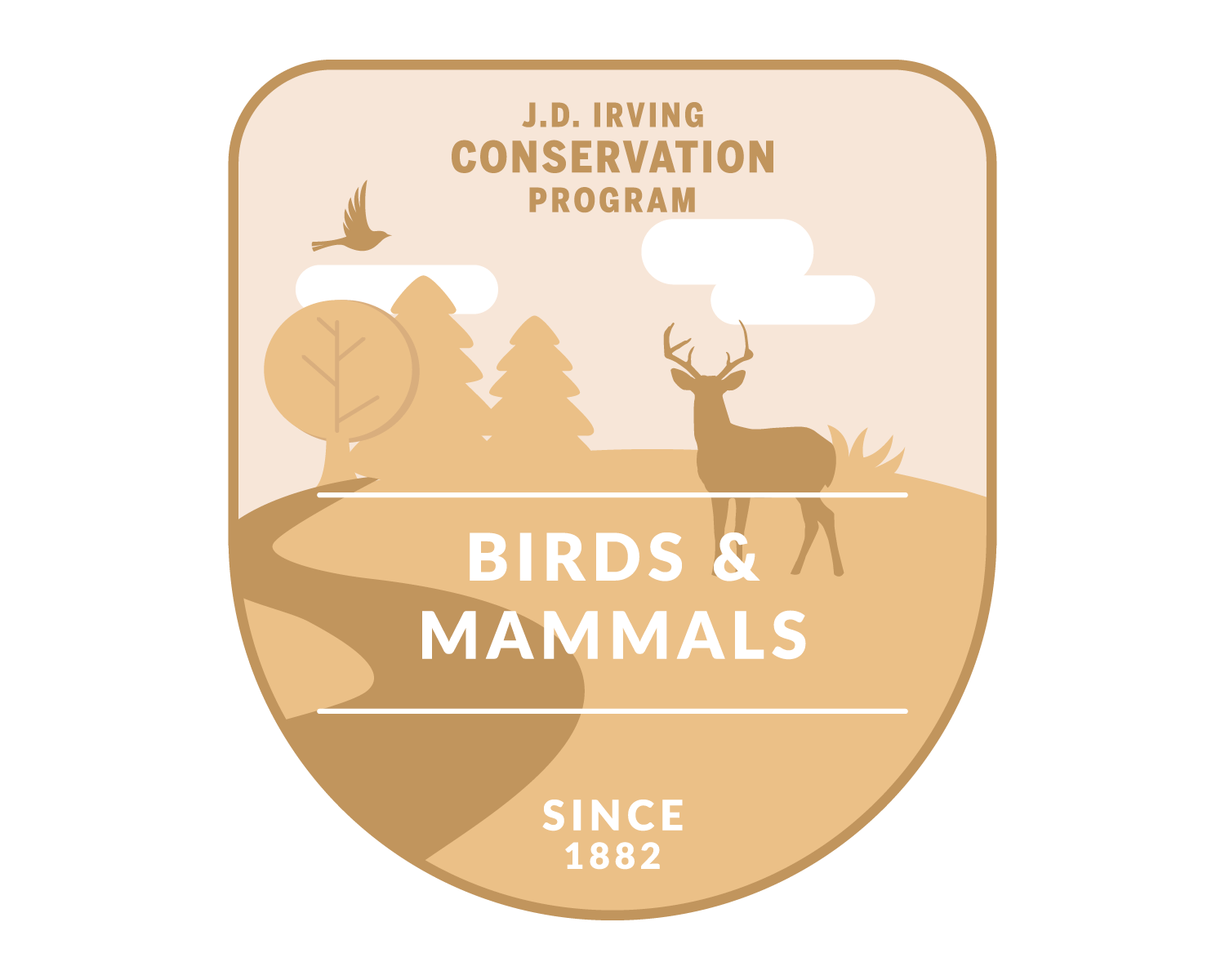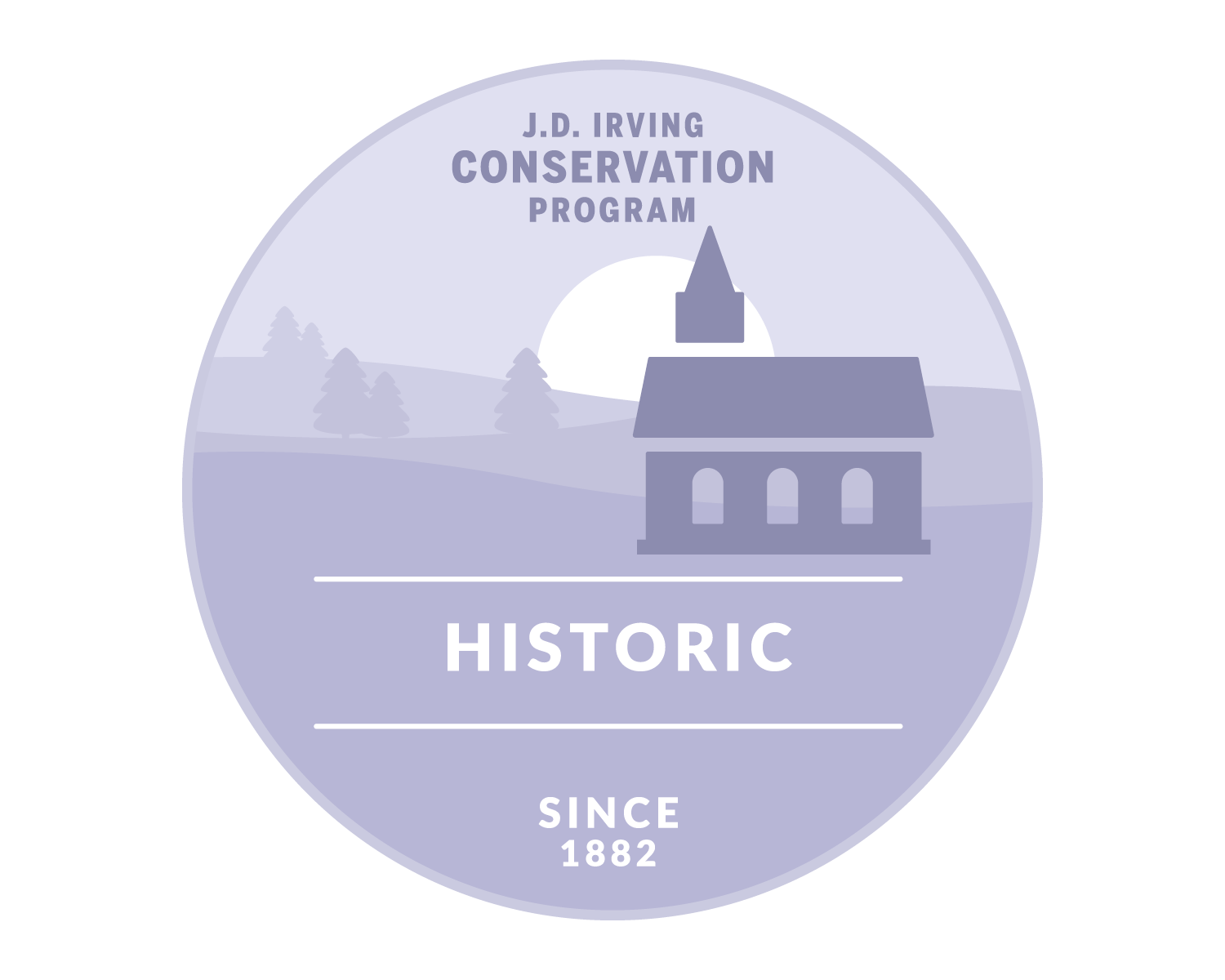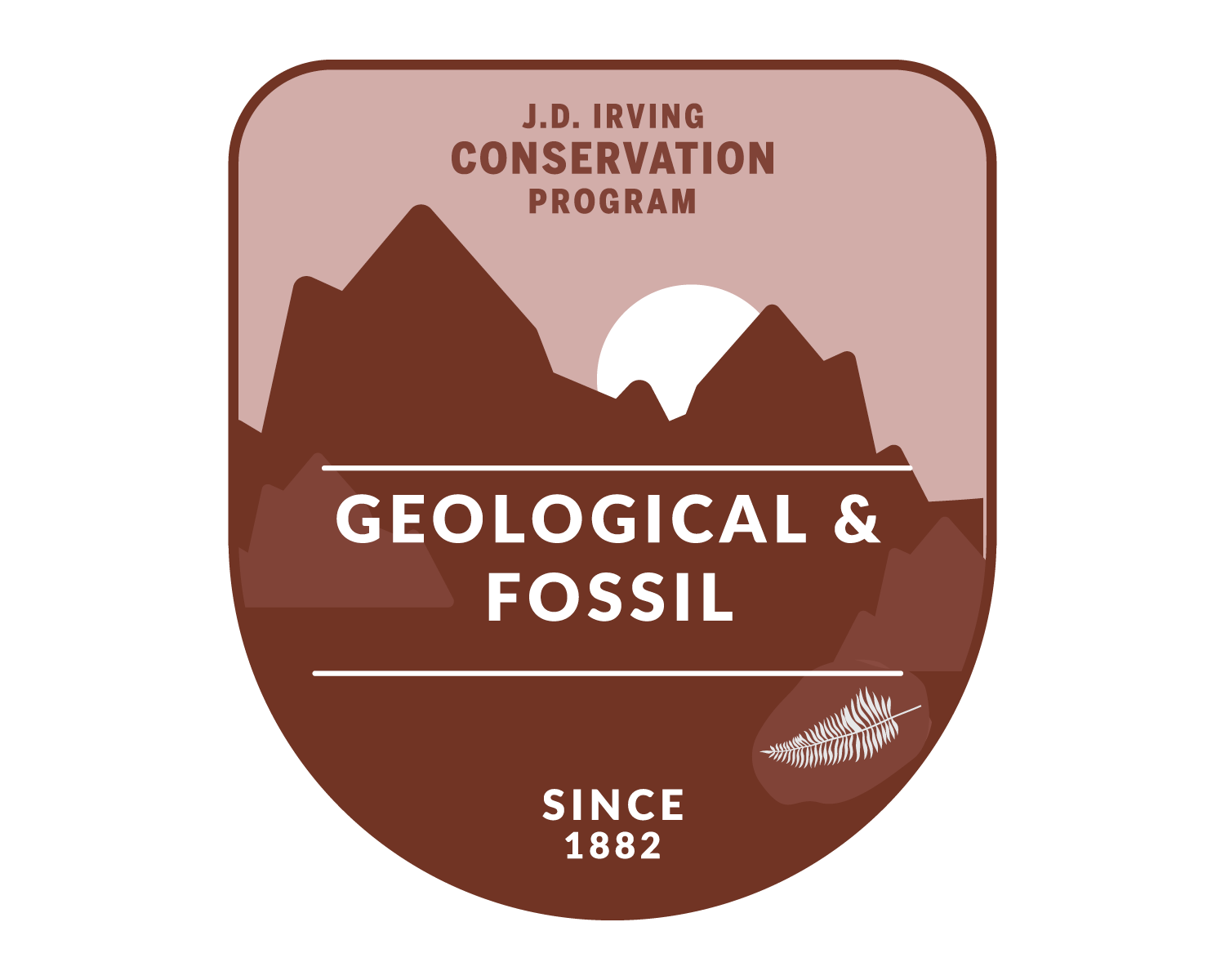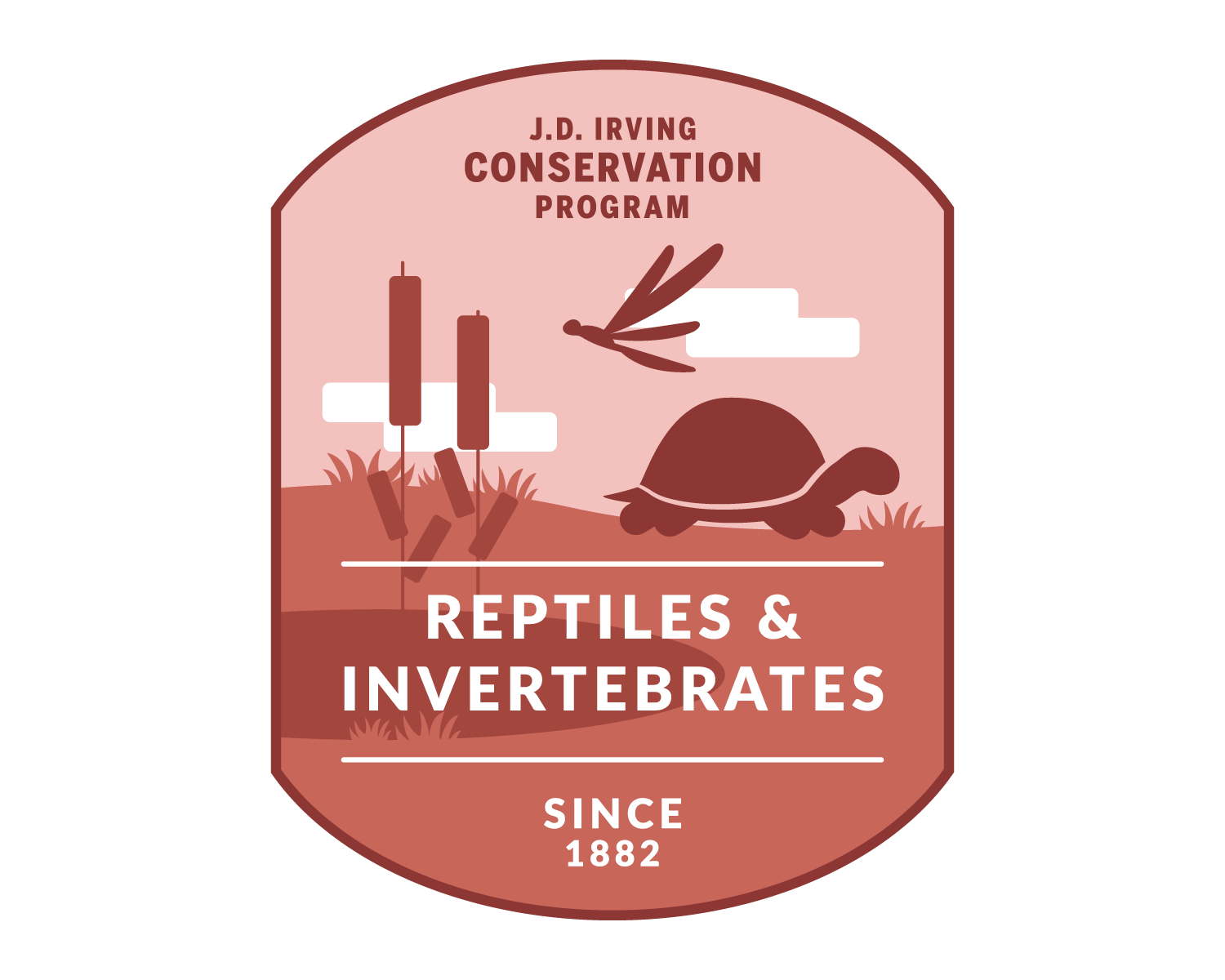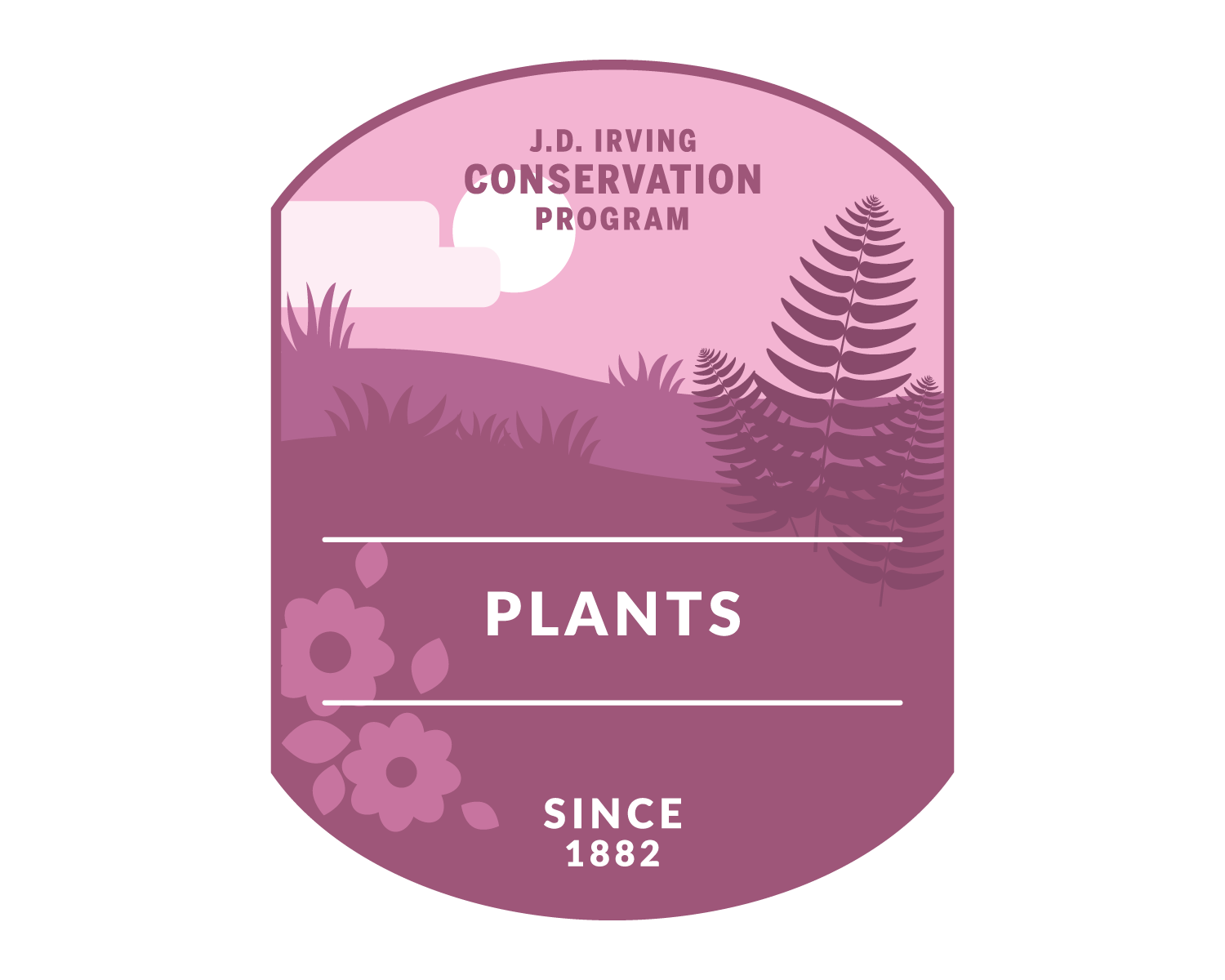LAKES & WETLANDS
AT THE IRVING NATURE PARK
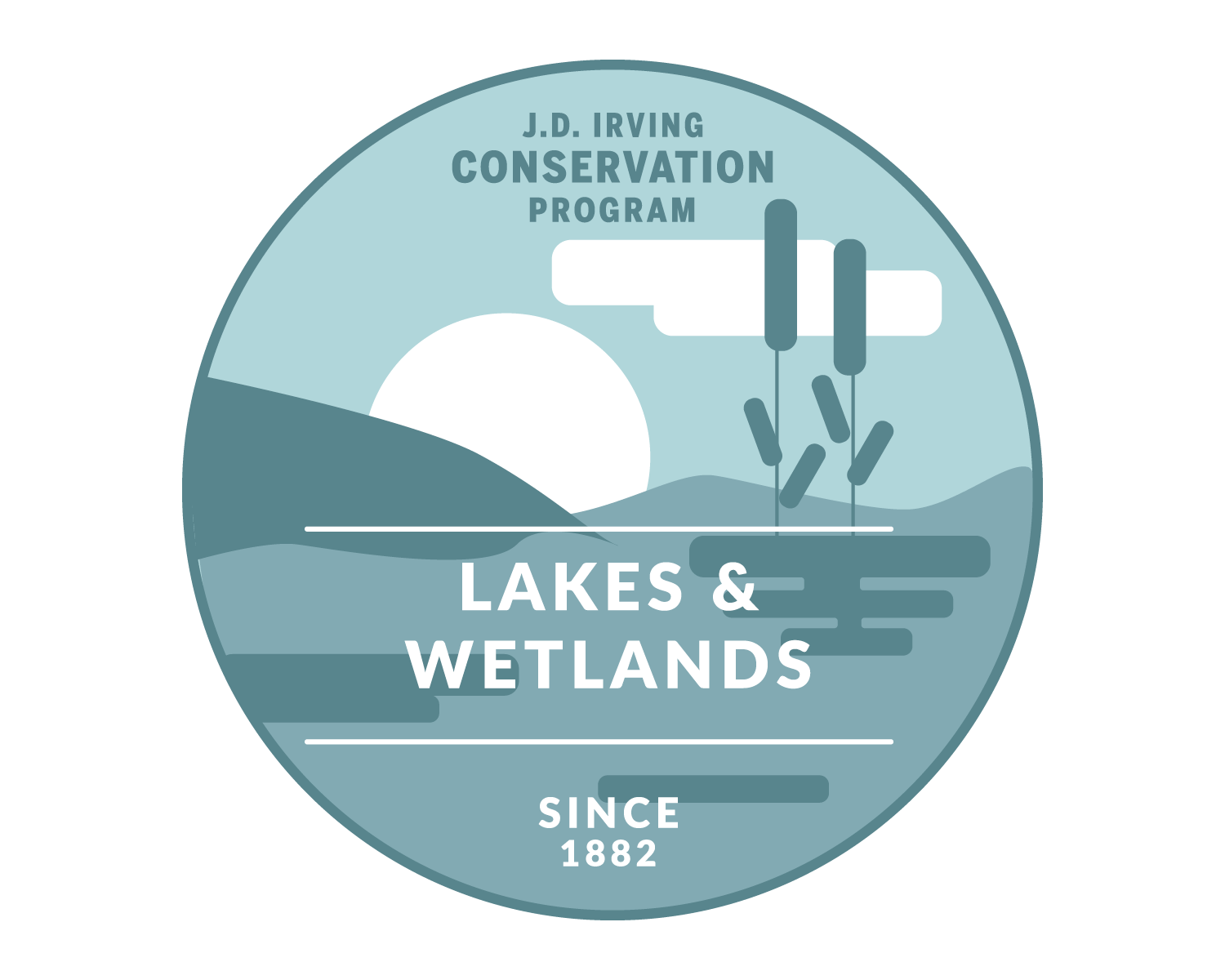
Lakes & Wetlands
Inundated twice a day by the tides of the Bay of Fundy, this 200+ acre saltmarsh plays many critical roles in the ecology of the area. Often called the breadbasket of the bay, these saltmarshes provide essential nutrients to the bay’s food web as organics. For example, poorly rooted plants get pulled into the bay as the tides recedes, providing nutrients to the ocean ecosystem. The marsh also provides a critical buffer between the harsh waves of the bay and the upland areas. Hundreds of species and salt tolerant plants have established themselves here while some have even adapted over millennia to create salt exuding glands within their leaves to get rid of excess sodium levels.
Saltmarshes such as Saints Rest, provided much needed hay for the cattle and horses of the early European settlers (before they were able to clear farmland in the interior of the province). A series of drainage ditches and a dam (dyke) allowed the freshwater entering the marsh to flow out but kept the saltwater (pushed by the tides) out. The dyke was maintained until the late 30’s, early 40’s. There were as many as 9 hay barns on the marsh in the early 1900’s.
Saints Rest saltmarsh is also registered by Bird Studies Canada as an Important Bird Area (IBA), recognizing its international significance for birds and other biodiversity. Knowing the critical ecological role wetlands play, Irving Woodlands provides uncut riparian zones around all wetlands. This wetland along with 51 others are provided additional recognition and placed in our award winning Unique Areas Program.

